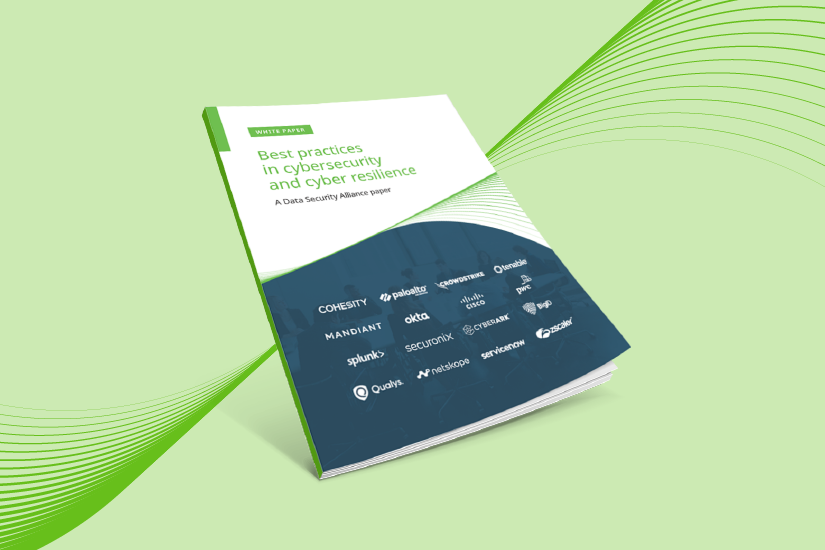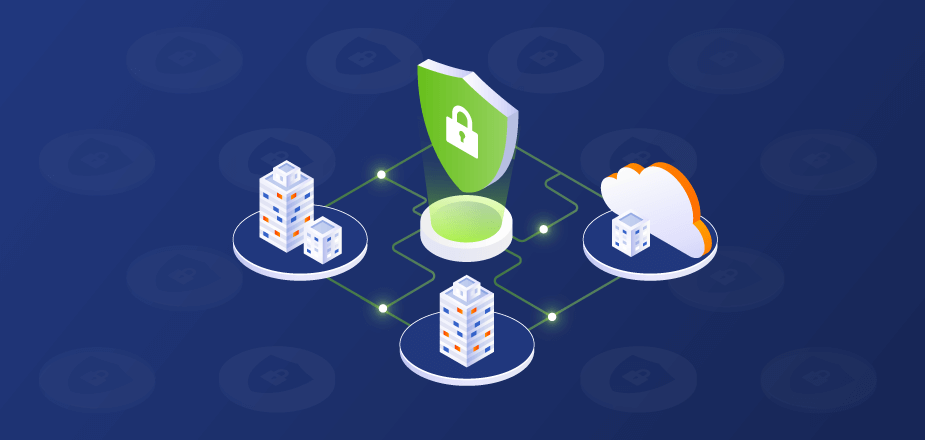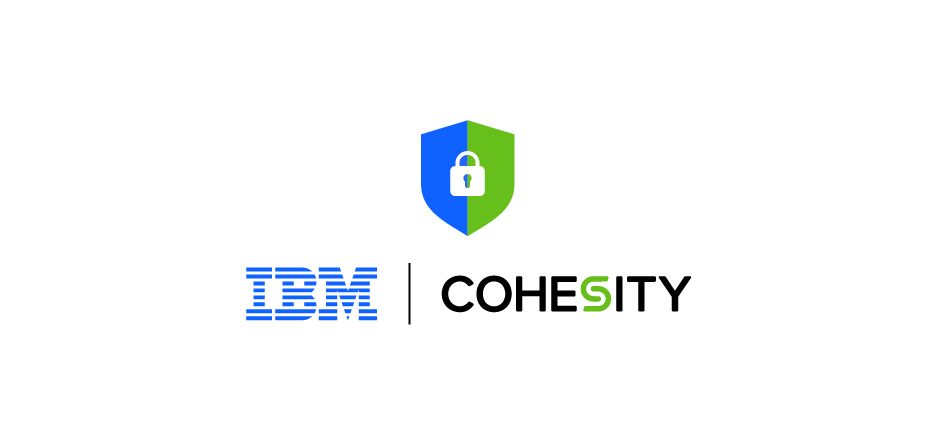A security operations center (SOC) is a team of security experts responsible for protecting a business’s IT infrastructure, applications, and data from cybersecurity threats, such as ransomware, in as close to real-time as possible. Operating a SOC is a best practice as part of a cyber resilience strategy. SOC teams can be internal—typically located within the IT function—or outsourced to a third-party service provider.
What is the primary function of a security operations center?
The primary function of a SOC is to protect against cyberattacks. To do this, SOC teams have several duties:
- Continuously monitor IT infrastructure in real time — SOC teams use manual and automated systems and processes to keep tabs on activity in the digital environment.
- Identify real cybersecurity incidents — SOC teams receive many alerts, but not all alerts point to real attacks. SOC teams analyze potential incidents to eliminate false positives from consideration.
- Triage incidents — Once an incident has been confirmed, SOC professionals’ triage and prioritize them to address more important ones first.
- Manage responses — SOC teams must organize, coordinate, and manage all the many stakeholders involved in the threat response and remediation process.
- Continually enhance cybersecurity — Improving an existing cybersecurity strategy is one of the SOC team’s key responsibilities.
- Stay current on threats and technologies — The cybersecurity risk environment is continuously changing, including technologies used to attack and protect organizations. SOC teams need to be familiar with bad actors, threat approaches, and remediation solutions and strategies, staying on top of it all.
- Maintain compliance — SOC teams must be knowledgeable about standards such as the ISO 27001, General Data Protection Regulation (GDPR), NIST Cybersecurity Framework, and others, to help their organizations streamline and stay compliant with government and industry mandates.
Why are SOCs important?
A SOC that operates 24/7/365 is fundamental to the success of today’s cybersecurity and disaster recovery (DR) strategies for many reasons.
SOCs continuously monitor operations, running every minute of every day, even outside standard business hours, to keep infrastructure, applications, and data always available. Because enterprise networks are increasingly complex, complete visibility is more challenging than ever. To keep a diverse network secure that includes on-premises and cloud assets, the Internet of Things (IoT), and remote and mobile devices require a high degree of visibility from a centralized location that SOCs navigate.
SOCs also are in a position to respond quickly to incidents. They reduce the time between incident detection and mitigation and serve as essential personnel for analyzing root causes and preventing similar attacks from succeeding in the future. With a SOC, organizations are well positioned with the agility to meet recovery point objectives (RPOs) and recovery time objectives (RTOs).
With business-wide collaboration imperative, SOCs are ideal for bringing people, processes, and technology together to effectively collaborate when a ransomware attack or other cyber incident is underway that might threaten the organization. A SOC fosters teamwork that improves ransomware recovery and ransomware removal success. SOCs, with their familiarity of business operations and security practices, also help to bring down the costs of a breach in terms of data exposure, legal action, or reputational damage.
What is the security operations center framework?
A SOC framework is a portfolio of operational tools and guidelines—encompassing technology and best practices as well as organizational processes—that a SOC team uses to fulfill its mission of protecting the business from cyberattacks. It lays out the architecture of the systems and services a SOC team depends on to perform its daily responsibilities. A SOC framework is usually an integrated mix of digital, human, and organizational capabilities. For example, automated tools incorporating artificial intelligence (AI) and machine learning (ML) help SOC professionals apply best practices to keep infrastructure, applications, and data safe.
A SOC framework typically outlines five activities:
- Monitor — This is the most fundamental aspect of a SOC framework. The objective of monitoring is to keep an eye on all of the digital activities of the organization to identify if and when an attack might be in progress. This means responding to alarms and alerts from automated monitoring tools and platforms such as security orchestration, automation, and response (SOAR), and security information and event management (SIEM) systems.
- Analyze — The next step is analysis, which involves examining any unusual or unexpected activities (typically, those flagged by automated alerts) to determine if a breach is indeed occurring. This step is critical because of the volume of alerts that are triggered and the number of false positive alarms.
- Respond — Incident response comes next: prioritizing and managing incidents. This includes going beyond the initial responses of stopping the attack by isolating systems and notifying appropriate people to remediation and root-cause analysis to ensure that the vulnerability that enabled the breach is solved.
- Report — The tools and processes for logging and auditing security incidents are another important aspect of a SOC framework. Reporting or performing post-mortem conclusions is a way to strengthen cybersecurity defenses and compliance.
- Learn about and search for threats — Even when not actively responding to attacks, the SOC framework includes learning from threat intelligence services and trying to uncover patterns in attempted attacks. This proactive approach to threat hunting is essential as the nature of cybersecurity risks keeps evolving, and organizations need to stay vigilant.
What are the advantages and disadvantages of SOCs?
The advantage of having a SOC—whether internal or external—is to possess the capability to monitor the enterprise environment and its applications and data, protecting the organization from vulnerabilities and threats. In the long term, given the costs and hassles of falling victim to a cyberattack, the return on investment (ROI) of a SOC is well worth it.
Another critical advantage of a SOC is that it coordinates all of the organization’s security tools, practices, and responses to cybersecurity incidents. A SOC can also improve customer confidence and simplify and strengthen compliance with industry, national, and global regulations.
Disadvantages include the difficulty of recruiting and retaining experienced staff for a SOC team in today’s labor market and the high initial upfront investment costs in people, processes, and technology.
Cohesity and automated security operations centers (SOCs)
Cohesity makes it simpler to build and automate a SOC that enables any organization, no matter the size or industry, to better protect its digital assets and environment while improving cyber resilience, especially in the era of runaway ransomware.
Cyber resilience depends on preventing incidents with traditional cybersecurity and on effective recovery. Successful recovery includes organizations confidently recovering their business processes and data in hours or minutes instead of days.
The Cohesity data security and data management platform features cyber security controls and the ability to detect data anomalies, which provide early warning of ransomware attacks. Cohesity Data Cloud takes advantage of AI and ML to proactively help organizations quickly identify ransomware attacks and immutable backups onsite and in the cloud with mass restore capabilities to remediate impacts as quickly as possible. Because ransomware targets production data with encryption that renders data unusable, Cohesity anomaly detection works behind the scenes to spot changes in data patterns and enrich SOC visibility into active ransomware threats with insights.
Cohesity also partners with data security leaders to enable organizations to correlate, triage, investigate, and respond to ransomware incidents from one location. This allows teams to rapidly identify, investigate, and remediate ransomware attacks and automatically recover impacted data. With threat intelligence and automated SOC integrations, organizations can leverage existing security controls and processes for improved incident response and remediation.













%3F%20%7C%20Glossary%20%7C%20Cohesity&_biz_n=2&rnd=446691&cdn_o=a&_biz_z=1744799195979)
%3F%20%7C%20Glossary%20%7C%20Cohesity&rnd=619087&cdn_o=a&_biz_z=1744799195983)